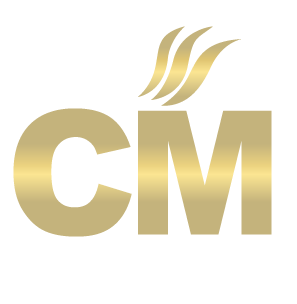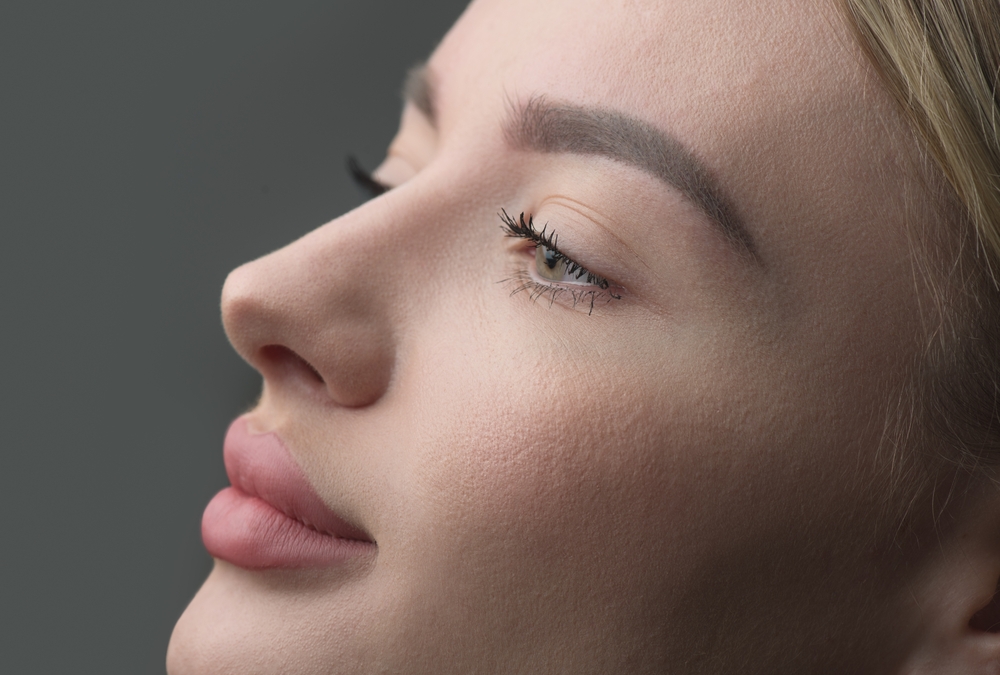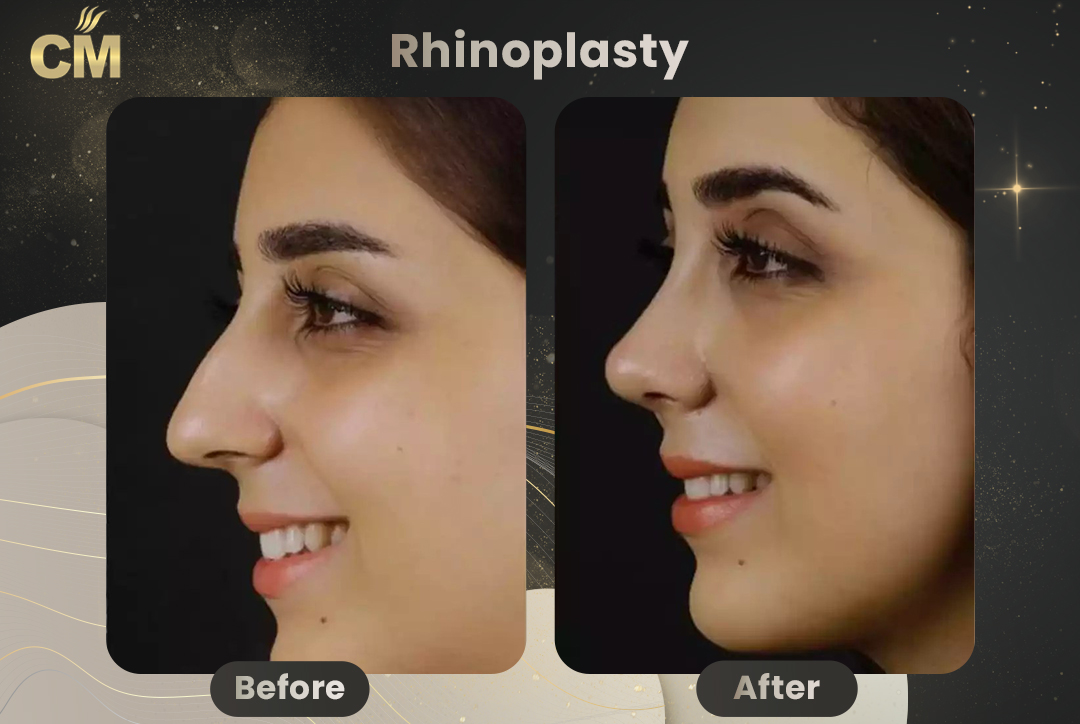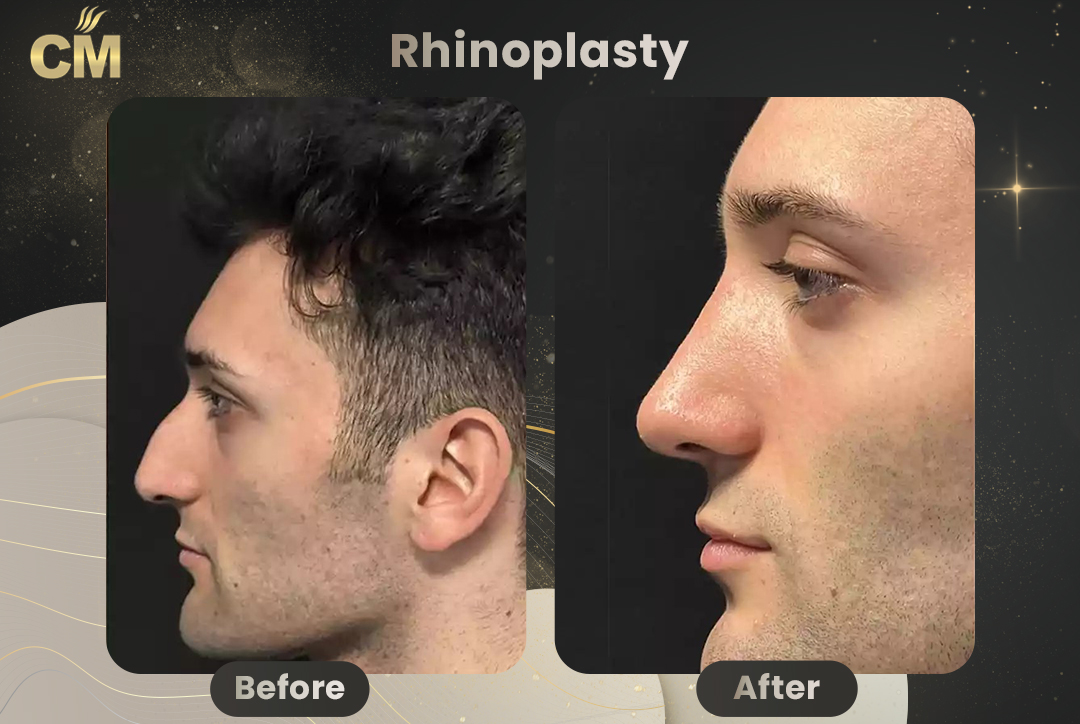Rhinoplasty Surgery in Turkey
Rhinoplasty Surgery in Turkey, often called a “nose job” or “nose reshaping,” is a surgical procedure aimed at improving facial harmony and adjusting the proportions of the nose. This procedure is not only cosmetic but can also address functional issues such as breathing difficulties resulting from structural defects.
What Rhinoplasty Surgery in Turkey Can Address
Rhinoplasty can help with a variety of aesthetic and functional concerns, including:
- Nose Size and Facial Balance: Adjusting the nose size to better complement other facial features.
- Nose Width: Modifying the width of the bridge or the size and position of the nostrils.
- Nose Profile: Correcting visible bumps or indentations on the bridge of the nose.
- Nasal Tip: Reshaping an enlarged, bulbous, drooping, upturned, or hooked nasal tip.
- Nostril Size and Shape: Reducing nostrils that are large, wide, or upturned.
- Nasal Asymmetry: While perfect symmetry is unattainable due to natural facial asymmetry, the goal is to enhance facial balance and proportion.
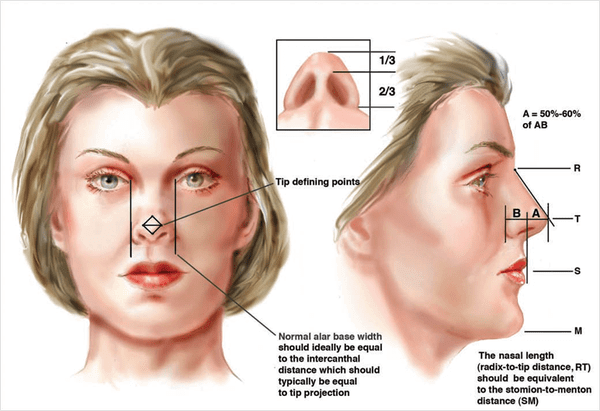
Functional Benefits – Correcting a Deviated Septum
Rhinoplasty is also performed to improve breathing by correcting a deviated septum, a common issue that can impair airflow. This involves adjusting the nasal structure to improve alignment and facilitate better airflow through the nasal passages.
In conclusion, rhinoplasty serves both aesthetic and functional purposes, enhancing facial harmony and addressing breathing issues. Whether you’re seeking cosmetic improvement or relief from a structural nasal problem, consulting with a qualified surgeon can help determine the best approach for your needs.
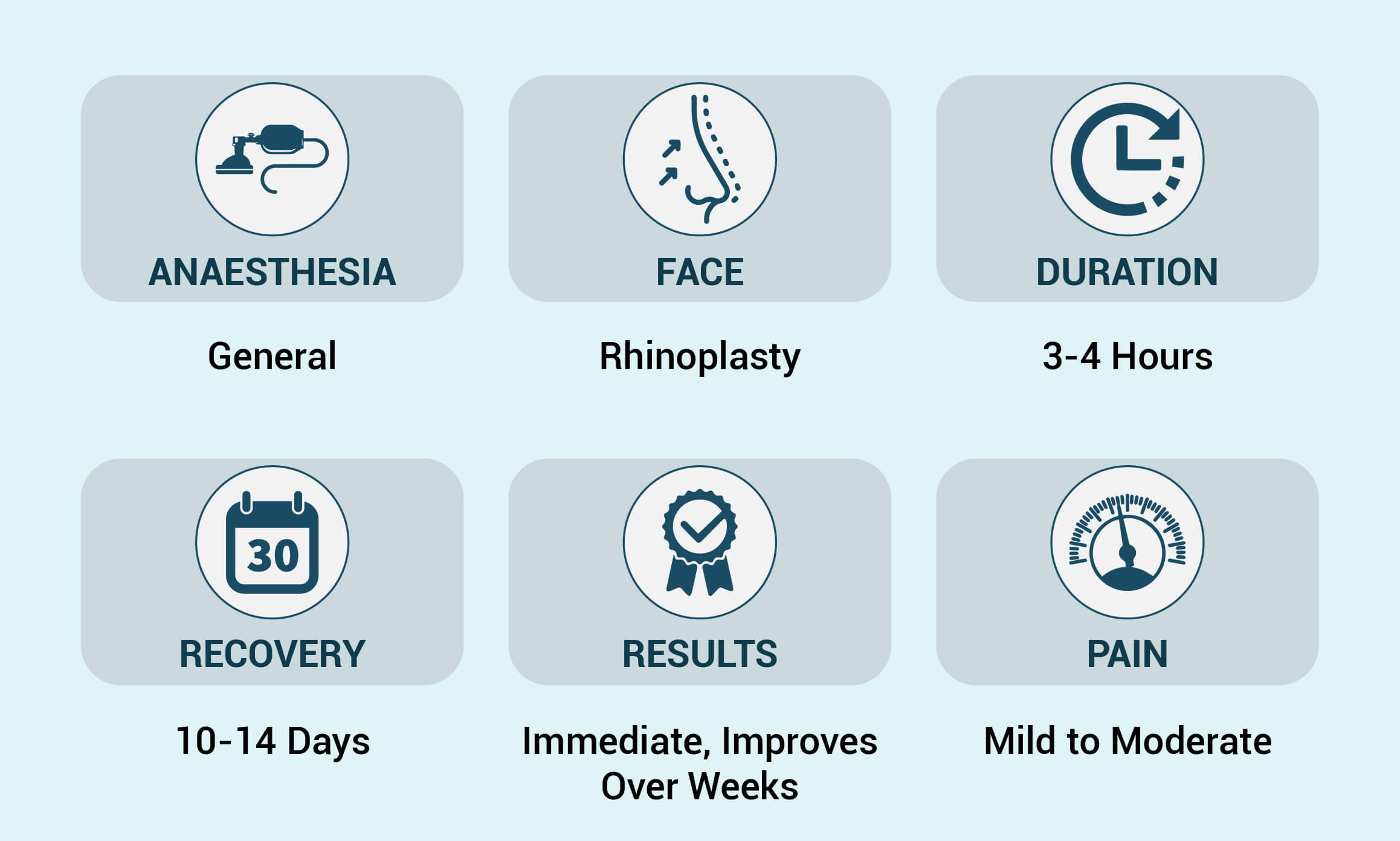
Risks of Rhinoplasty
Like all major surgical procedures, rhinoplasty carries certain risks and potential complications. These include:
- Bleeding: There is always a risk of bleeding during and after surgery.
- Infection: As with any surgery, there is a risk of infection at the incision sites.
- Anesthesia Reactions: Some individuals may have adverse reactions to anesthesia.
In addition to these general surgical risks, rhinoplasty has specific potential complications, such as:
- Breathing Difficulties: Changes to the nasal structure can sometimes make it difficult to breathe through the nose.
- Permanent Numbness: Numbness in and around the nose may occur and could be permanent.
- Asymmetry: There is a possibility that the nose may appear uneven post-surgery.
- Prolonged Swelling or Pain: Discomfort, swelling, and discoloration can persist after the procedure.
- Scarring: There may be visible scars, especially if an open rhinoplasty technique is used.
- Septal Perforation: This refers to a hole in the septum, the wall that divides the nostrils.
- Need for Revision Surgery: Some patients may require additional procedures to achieve the desired outcome.
- Changes in Smell: Alterations in the sense of smell can occur after the surgery.
It’s important to discuss these risks with your healthcare provider to understand how they might apply to your specific case.
Understanding the Risks of Rhinoplasty
As with any surgery, rhinoplasty carries some risks, including infection, nasal asymmetry, breathing difficulties, or unsatisfactory aesthetic results. Choosing a skilled surgeon at ClinMedica reduces these risks. It’s important to follow post-operative instructions and attend follow-up appointments to ensure a smooth recovery.
Preparing for Rhinoplasty
Prior to scheduling a rhinoplasty procedure, a thorough consultation with a surgeon is essential. This consultation typically involves:
- Medical History Review: The surgeon will inquire about your reasons for wanting the surgery and your specific goals. Your medical history, including any past nasal surgeries, blockages, and medications you are taking, will also be reviewed. Conditions such as hemophilia may disqualify a patient from undergoing rhinoplasty.
- Physical Examination: A detailed examination of your facial features and both the internal and external structures of your nose will be conducted. This helps identify the necessary changes and assesses how factors like skin thickness and cartilage strength could affect the surgery and outcomes.
- Photographic Documentation: Photos of your nose will be taken from various angles to use as a reference before and during surgery. These images also facilitate a detailed discussion about the expected results and allow for a comparison of before-and-after views.
- Expectation Discussion: It’s important to openly discuss your reasons and expectations for the surgery with your surgeon. This discussion will clarify what rhinoplasty can realistically achieve and set expectations for the results. Considering the overall facial proportions is also vital; for instance, a small chin can make a nose appear larger, so the surgeon may suggest chin augmentation for a more balanced profile. Although not mandatory, this can enhance the overall aesthetic result.
Once the surgery is scheduled, it is important to arrange for transportation home, especially if the procedure is outpatient.
Food and Medications
It’s crucial to avoid taking medications containing aspirin or ibuprofen, such as Advil or Motrin, for two weeks before and after your rhinoplasty procedure. These medications can increase the risk of bleeding. Only take medications that your surgeon has approved or prescribed. Additionally, steer clear of herbal remedies and over-the-counter supplements unless advised by your healthcare provider.
If you smoke or use vaping products, it’s essential to stop before your surgery. Smoking and vaping can significantly delay the healing process and increase the risk of complications, including tissue death and infection.
What to Expect
Rhinoplasty is tailored to fit each patient’s unique anatomy and aesthetic goals.
During the Procedure
General Anesthesia: The anesthesiologist will administer general anesthesia, either through inhalation or an intravenous (IV) line. This type of anesthesia will make you sleep throughout the procedure, and the anesthesiologist will insert a breathing tube to assist with breathing.
Surgical Approach: The surgeon can perform rhinoplasty either inside the nostrils (closed rhinoplasty) or through an external incision at the base of the nose between the nostrils (open rhinoplasty). The specific changes needed will determine the choice of approach.
Reshaping the Nose: The surgeon will adjust the bone and cartilage beneath the skin based on your goals and the structure of your nose. For minor alterations, the surgeon may source cartilage from inside the nose or the ear. For more significant changes, they might use cartilage from a rib or bone from other areas of your body.
Deviated Septum Correction: If you have a deviated septum that causes breathing difficulties, the surgeon will straighten it during the surgery to improve airflow.
Post-Surgery Recovery
After the surgery, medical staff will take you to a recovery room where they will monitor you as you awaken from anesthesia. Depending on your overall health and the extent of the surgery, you may either be discharged later that day or stay overnight for observation.
What to Expect After Rhinoplasty
Recovery from rhinoplasty can take several weeks, with the initial healing period lasting about two weeks. Swelling and bruising around the nose and eyes are common, especially during the first week. Most patients can return to light activities within a week, but it may take several months for all the swelling to subside and for the nose to fully heal. You’ll be advised to wear a nasal splint for the first week to support the nose during the early stages of healing.
Recovery Tips
- Keep your head elevated to reduce swelling and speed up healing.
- Follow all post-operative care instructions provided by your surgeon, including any specific dietary guidelines or activity restrictions.
- Attend all follow-up appointments to ensure proper healing and address any concerns.
These guidelines will help you prepare for rhinoplasty and ensure a smoother recovery process. Always consult with your healthcare provider for personalized advice and instructions.
Resuming Physical Activities After Surgery
Light activities such as walking can be resumed within a few days, but more strenuous activities, especially those that involve bending over or raising blood pressure, should be avoided for at least six weeks. Sports that involve physical contact or the risk of facial injury, such as basketball or soccer, should be postponed until your surgeon gives clearance.
Maintaining the Results of Rhinoplasty
To maintain the long-term results of your rhinoplasty, it’s important to protect your nose from injury and avoid any activity that could impact the nose, especially during the first few months of recovery. Avoid wearing glasses or sunglasses that rest on the bridge of your nose until your surgeon confirms it is safe. Maintaining a stable weight and avoiding sun exposure will also help preserve your results over time.
Scarring After Rhinoplasty
One of the benefits of rhinoplasty is that scarring is typically minimal. If an open rhinoplasty is performed, the incision is usually placed between the nostrils, leaving a small scar that fades over time. For closed rhinoplasty, all incisions are made inside the nostrils, leaving no visible scars. With proper post-operative care and sun protection, any visible scars will become almost invisible over time.
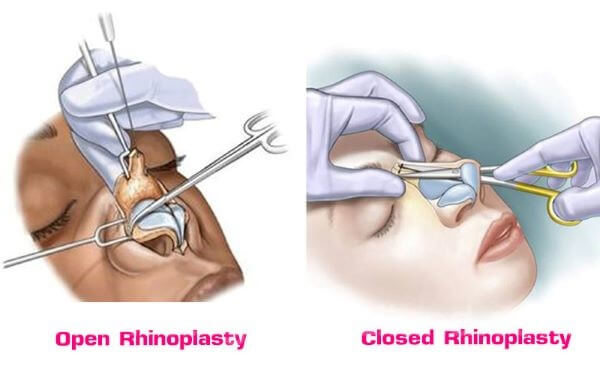
Benefits of Rhinoplasty in Turkey
Rhinoplasty can significantly enhance facial balance by reshaping the nose to better suit the proportions of the face. For patients with functional issues, such as a deviated septum, rhinoplasty can also improve breathing. The surgery boosts self-confidence by creating a more harmonious facial appearance, tailored to the patient’s individual aesthetic goals.
Who Is Not a Suitable Candidate for Rhinoplasty?
Not everyone is a candidate for rhinoplasty. Patients with certain medical conditions or those who are actively smoking may not be ideal candidates. It’s also important for patients to have realistic expectations about the outcome of the surgery. A consultation with your surgeon will determine whether rhinoplasty is appropriate for you.
Things to Do After Rhinoplasty
Key Post-Operative Care Steps
After surgery, it’s crucial to follow the post-operative care instructions provided by your surgeon. This includes keeping the head elevated while sleeping, avoiding blowing your nose, and protecting the nose from any accidental bumps or pressure. You will also be required to wear a nasal splint for about a week to support the healing nose.
Things to Avoid During Recovery
During the recovery period, avoid smoking, as it impairs blood flow and delays healing. Alcohol should also be avoided, as it can increase swelling. Avoid direct sun exposure, as this can lead to discoloration of scars and worsen swelling. Additionally, avoid strenuous activities or sports that could risk injuring the nose during the healing process.
How Long Should You Stay in Istanbul for the Procedure?
If you are traveling to Turkey for rhinoplasty, you should plan to stay in Istanbul for at least 7–10 days. This allows sufficient time for the surgery, initial recovery, and follow-up appointments to ensure that your healing process is on track before you return home.
How Many Nights Will You Stay in the Hospital?
Rhinoplasty is typically performed as an outpatient procedure, meaning you can go home the same day. However, depending on your individual case, your surgeon may recommend staying in the hospital for one night to ensure you are recovering well and to monitor any post-operative concerns.
Pre-Procedure Instructions for International Patients
If you are traveling to Turkey for rhinoplasty, it’s important to prepare in advance:
- Medical Preparation: Ensure that all necessary medical tests are completed and provide your surgeon with a detailed medical history, including any medications you are taking.
- Packing: Bring loose, comfortable clothing, particularly button-up or zip-up tops, which are easier to wear after surgery.
- Flexible Flight Plans: Arrange flexible flights in case your recovery takes longer than expected.
- Documentation: Carry all relevant medical records, including test results and surgical clearances.
Do You Need a Companion for the Procedure?
While it’s not mandatory to have a companion for rhinoplasty, it is highly recommended. A companion can assist with daily activities and provide emotional support during the first few days after surgery, when you may experience discomfort and limited mobility. If traveling alone, consider arranging for post-surgical care at your accommodation.
Post-Surgery Instructions
What Should You Do After Rhinoplasty?
Your surgeon will provide detailed instructions on how to care for your nose and manage swelling after surgery. These instructions may include avoiding blowing your nose, applying cold compresses to reduce swelling, and keeping your head elevated to promote healing. It’s essential to follow these instructions closely to avoid complications and ensure the best possible results.
Traveling Home After Surgery
Guidelines for Airport and In-Flight Care
If you’re flying home after rhinoplasty in Turkey, especially on a long-haul flight, it’s important to follow these guidelines:
- Timing Your Flight
It’s recommended to stay in Istanbul for at least 7–10 days after the surgery to allow for initial healing and follow-up care before flying home. - In-Flight Care
During your flight:
- Move Around Regularly: Walk around the cabin every 1–2 hours to improve circulation and reduce the risk of blood clots.
- Stay Hydrated: Drink plenty of water to stay hydrated, and avoid alcohol and caffeine, which can increase swelling.
- Wear Comfortable Clothing: Choose loose-fitting clothes, and follow your surgeon’s advice on wearing any necessary compression garments.
- Pain Management: Keep prescribed pain medications and antibiotics in your carry-on luggage and take them as directed during the flight.
- Airport Assistance
Navigating the airport can be physically demanding after surgery. Consider requesting assistance, such as a wheelchair or help with luggage, to avoid overexertion. Avoid lifting heavy bags and use rolling luggage to minimize physical strain. - Long-Haul Flight Considerations
For long-distance travel, make sure to move around frequently to reduce stiffness and swelling. Wearing compression garments can help manage swelling caused by cabin pressure. Plan for additional rest once you arrive home to allow your body to fully recover before resuming regular activities.
By following these post-surgery and travel guidelines, you can ensure a smooth recovery and a safe journey home after your rhinoplasty. ClinMedica provides detailed care instructions to help you achieve the best possible outcome.
